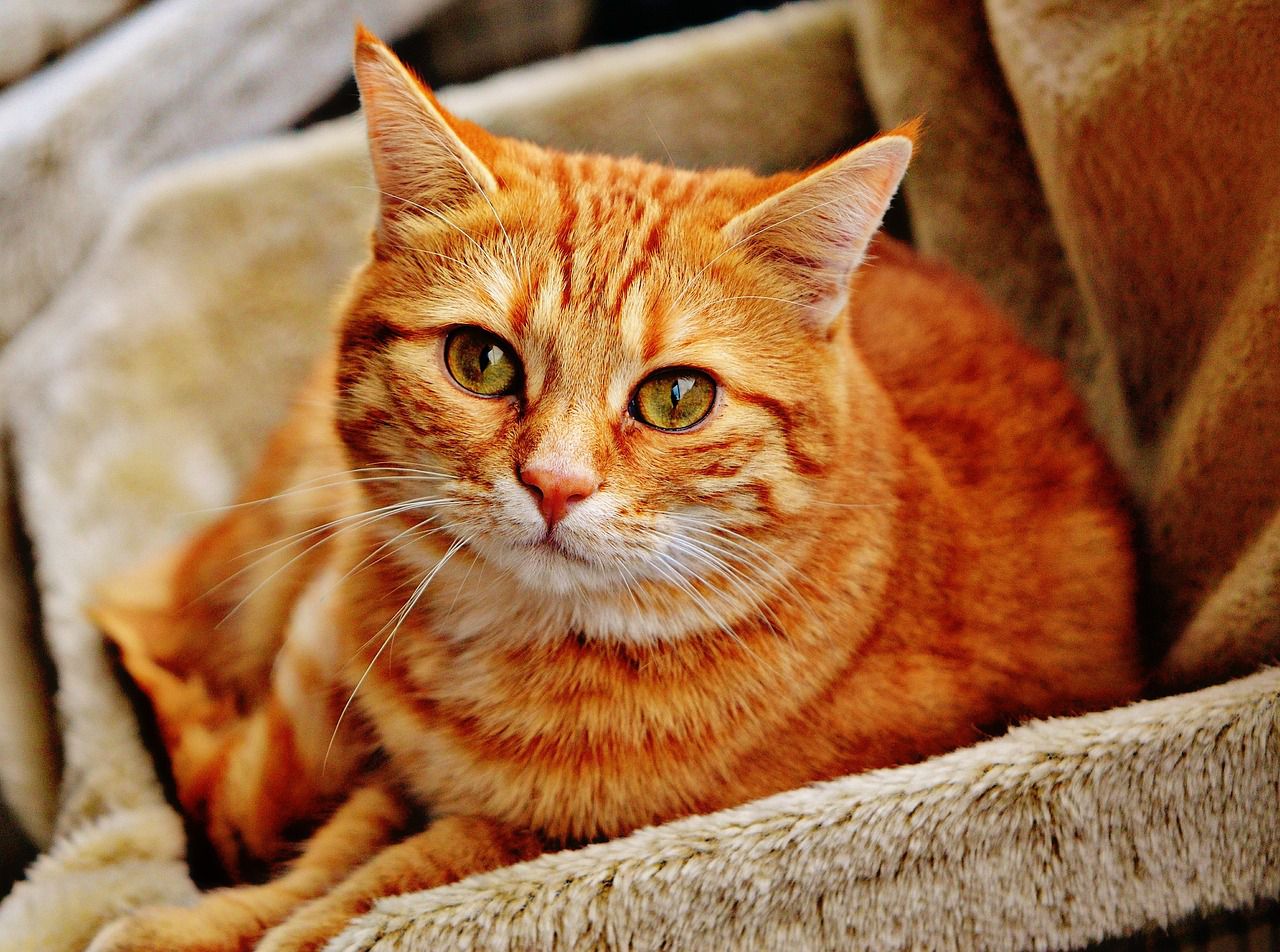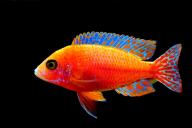If you have a cat, then you also probably think that whiskers are cute - but why does your pet need them?
In fact, these things aren't just long thick hairs - they have a few useful functions, so they are pretty important.
Here are a few of them.

Sensory Perception
Whiskers are extremely sensitive to even the slightest touch or movement in the surrounding environment.
They act as sensory receptors, providing cats with valuable information about their surroundings.
The whiskers can detect changes in air currents, indicating the presence of objects or potential prey nearby.
Spatial Awareness
Whiskers play a crucial role in helping cats gauge the width of openings and navigate through tight spaces.
As cats move, their whiskers brush against objects or walls, providing feedback about the size and shape of the space they are in.
Balance and Coordination
Whiskers are not only present on a cat's face but also on the back of its front legs, known as "carpal whiskers."
These whiskers help cats maintain their balance and coordination, particularly during complex movements like jumping or climbing.
By detecting changes in air currents and vibrations, the carpal whiskers assist in judging distances and ensuring precise movements.
Communication
Cats can express their emotions through the positioning and movement of their whiskers.
When a cat is relaxed and content, its whiskers are typically positioned forward.
Conversely, when a cat is frightened or agitated, the whiskers may be pulled back against the face.













